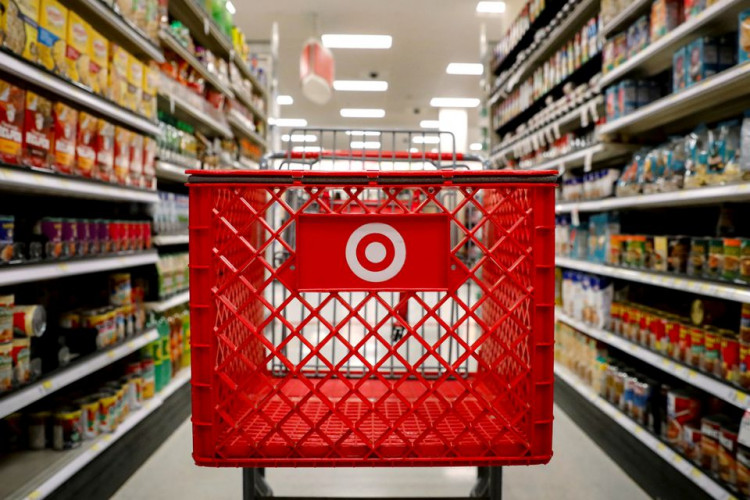Target Corporation (TGT) delivered a surprising earnings beat in its latest quarter, largely driven by a strategic move to slash prices on over 5,000 essential products, a tactic that has resonated strongly with consumers in a high-inflation environment. The Minneapolis-based retailer reported a 2.7% year-over-year increase in net sales to $25.5 billion, surpassing Wall Street expectations, while diluted earnings per share surged 43% to $2.57, well above the forecasted $2.18.
The company's decision to cut prices on staples like milk, meat, and bread helped drive a 3% increase in store traffic, reversing a trend of declining sales that had plagued Target for the past year. The price cuts were part of a broader strategy to regain market share lost to competitors like Walmart (WMT). Target's CEO Brian Cornell noted the positive consumer response, saying, "We feel great about the reaction that we're seeing from the consumer based on the 5,000 items where we've seen price reductions."
This pricing strategy played a significant role in driving foot traffic, with all six of Target's main merchandising categories contributing to the overall sales improvement. The company's focus on value was particularly evident in its grocery aisles, where discounted prices on essential items attracted budget-conscious shoppers. "We are seeing an incredibly resilient consumer in the face of high inflation," Cornell remarked. "They are looking for newness, but they are also shopping, looking for value."
The positive impact of these price cuts was reflected in the company's overall performance. Comparable sales, a key retail metric, rose by 2% in the second quarter, marking the first increase in a year after months of declines, including a 3.7% drop in the previous quarter. Digital sales also saw growth, rising by 1.4%, while in-store comparable sales decreased by 4.8%. Despite the decrease in the average transaction amount by 0.9%, the total number of transactions increased by 3%, signaling strong consumer engagement with Target's value proposition.
Target's strong quarterly performance has led the company to raise its full-year profit forecast. The company now expects earnings per share to range between $9 and $9.70, up from the previous guidance of $8.60 to $9.60. Despite the positive results, Target remains cautious about its full-year sales outlook, projecting that sales could come in at the low end of its guidance for an increase of up to 2%.
The retailer's strategic moves have not been limited to price cuts. Target has also been expanding its range of store-label brands, now totaling 45, including the recently launched kitchenware collection, Figment. Additionally, the company introduced a paid membership program, Target Circle 360, in April, which offers benefits such as unlimited free same-day delivery for orders over $35 and free two-day shipping for all orders. The $99 annual membership has seen strong adoption, with over 2 million memberships added in the second quarter alone.
Target's comeback quarter is a stark contrast to the challenges it faced over the past year, where a focus on discretionary items like toys, fashion, and electronics became a liability as consumers shifted their spending towards necessities amid rising inflation. By recalibrating its pricing strategy and enhancing customer convenience through new initiatives, Target has successfully turned the tide, positioning itself favorably against competitors like Walmart and Amazon.
Looking ahead, Target remains focused on maintaining its momentum as it enters the crucial back-to-school and holiday shopping seasons. While the company is cautious about the broader economic environment, the renewed focus on value and convenience appears to be resonating with consumers. As Bank of America analyst Robbie Ohmes noted, Target's heightened focus on value positions it well for potential market share gains moving forward.






